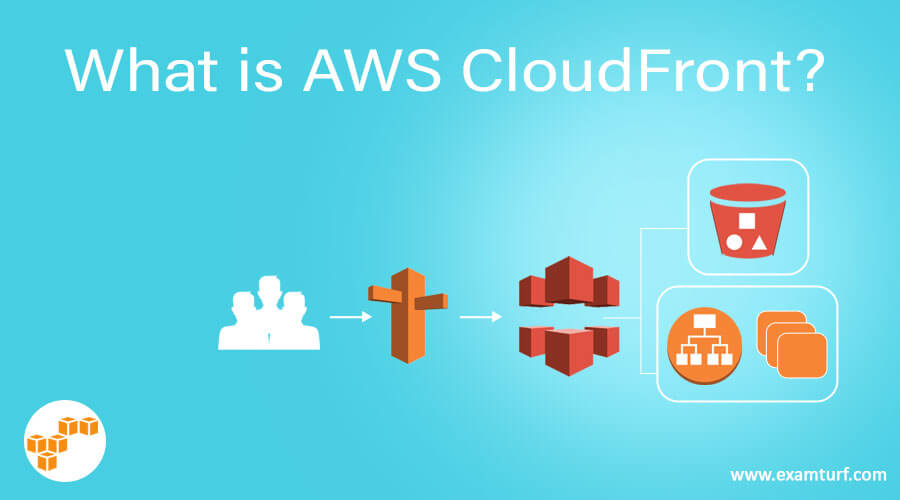
Introduction To AWS CloudFront
Distributing & Retrieving the data from a source to different places and back is a challenging task and these tasks are performed by content delivery networks (CDN). It is also a CDN, which retrieves the data from AWS S3 buckets and then distributes this data to multiple locations of the datacenters. The network delivers the data to datacenters also known as edge locations. AWS CloudFront routes to the nearest edge location when requested for data which results in low network traffic, low latency, and quick access.
What Is AWS CloudFront?
- It is nothing but a CDN and is critical for every modern web application. CDN reduces a load of applications on the server by delivering content and copy from a nearby point of presence (POP).
- CDN delivers static as well as dynamic content with scale and security, which makes it unique and the need of the hour.
- In a nutshell, AWS Cloud front is a global, large scale and feature-rich CDN that provide scalable, secure, and intelligent application delivery.
Advantages Of AWS CloudFront
Some of the advantages of Amazon CloudFront are as below:
- Simple: It is super easy to use.
- Elastic: It relieves you from the headache of maintaining the CDN. The service responds automatically to any request and acts accordingly. Takes care of cases where there is an increase or decrease in demand.
- Speed: When comes to speed AWS CloudFront chooses the nearest edge locations automatically and creates cache copies which lower the latency and increase the data transfer rate with low network traffic. All these together make the AWS CloudFront super-fast.
- Flexible: It is designed keeping in mind other AWS services as well which makes it flexible to be integrated with other AWS services like AWS EC2, AWS S3 bucket, etc.
- Reliable: It is reliable as it is built on AWS’s highly reliable infrastructure. Edge locations of CloudFront are automatically re-routed to the nearest location of the end-user.
- Global: It uses the global network.
- Cost-Effective: The cost is only for the content and it comes with no up-front fee and without any hidden charges.
How To Configure CloudFront?
One can easily configure Amazon CloudFront by below steps:
- Sign in to the Amazon management console.
- Upload the AWS S3 bucket and select all permissions public.
- Build a CloudFront web distribution from console.aws.amazon.com and follow along.
Case Studies on AWS CloudFront
- There are a number of case studies done on CloudFront for example “Hulu” is a Video streaming and provides on-demand service, by using Amazon’s secure and reliable infrastructure for providing a great viewing experience to its user without any latency and according to region.
- Another client of AWS CloudFront is “Dow Jones” which provides intelligence, data-driven media solutions to numerous enterprises, and needs a secure threat-free infrastructure and controls it fully as well. They saw tremendous help in security as well as performance. For then every millisecond counts and It helps significantly in achieving it.
- The music audio streaming application “JioSaavn” uses Amazon’s CloudFront for streaming audio and videos to its millions of Indian users. With AWS CloudFront can deliver 15 petabytes of streaming data every day which is secure and fast as well.
Conclusion
AWS CloudFront is a CDN that provides a reliable, secure, fast, and cost-effective solution to content delivery systems. In this article, we have seen its advantages, how to configure it, and use cases from some of its global users like Hulu, Dow Jones, and JioSaavn.
Recommended Articles
This is a guide to What is AWS CloudFront? Here we discuss the introduction, its definition and its advantages along with case studies on AWS CloudFront. You can also go through our other suggested articles to learn more –
Are you preparing for the entrance exam ?
Join our Cloud Computing test series to get more practice in your preparation
View More